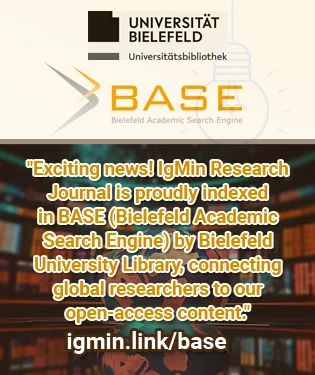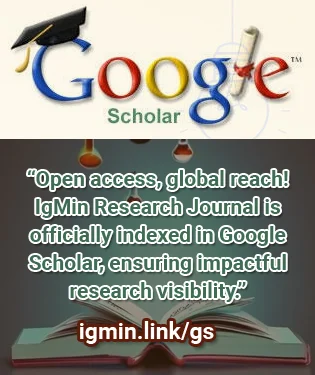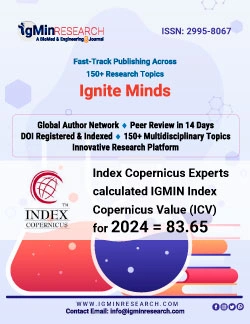Abstract
The contemporary landscape of higher education resonates with the dynamic interplay of globalization’s monumental forces, cultural diversity, and transformative educational paradigms. This scholarly inquiry navigates the complex terrain of higher education institutions (HEIs) within the context of the United Arab Emirates (UAE), unraveling the intricate tapestry of educational challenges amidst globalization’s pervasive influence. The research embarks on an odyssey through a holistic examination of HEIs’ responses to global forces, aiming to decipher the transformative journey and its implications for societal transformation. Globalization, a multifaceted phenomenon, has revolutionized higher education, driving a shift from traditional to diversified pedagogical models. However, this transformative journey presents a myriad of challenges and opportunities for HEIs. The study underscores the pivotal role of internationalization and cultural inclusivity in reshaping the educational landscape. Challenges faced by HEIs in adapting to globalized learning environments, reluctance to embrace cultural diversity, and limitations in fostering cross-cultural competencies among students emerge as focal points. This research contributes a novel perspective by delineating the barriers hindering the internationalization of educational settings, offering insights into strategies for fostering inclusive learning environments. Emphasizing the significance of embracing cultural diversity, the study recommends recalibrating institutional policies and practices. These findings resonate beyond academic discourse, influencing practical implications for real-world educational settings. In conclusion, this research emphasizes the imperative for HEIs to adapt and innovate in response to globalization, fostering inclusive learning environments to equip students with the requisite skills for navigating a diverse, interconnected world. Leveraging these insights, institutions can contribute to societal transformation and the holistic development of students, shaping a future aligned with global competencies and enriched cultural understanding.







